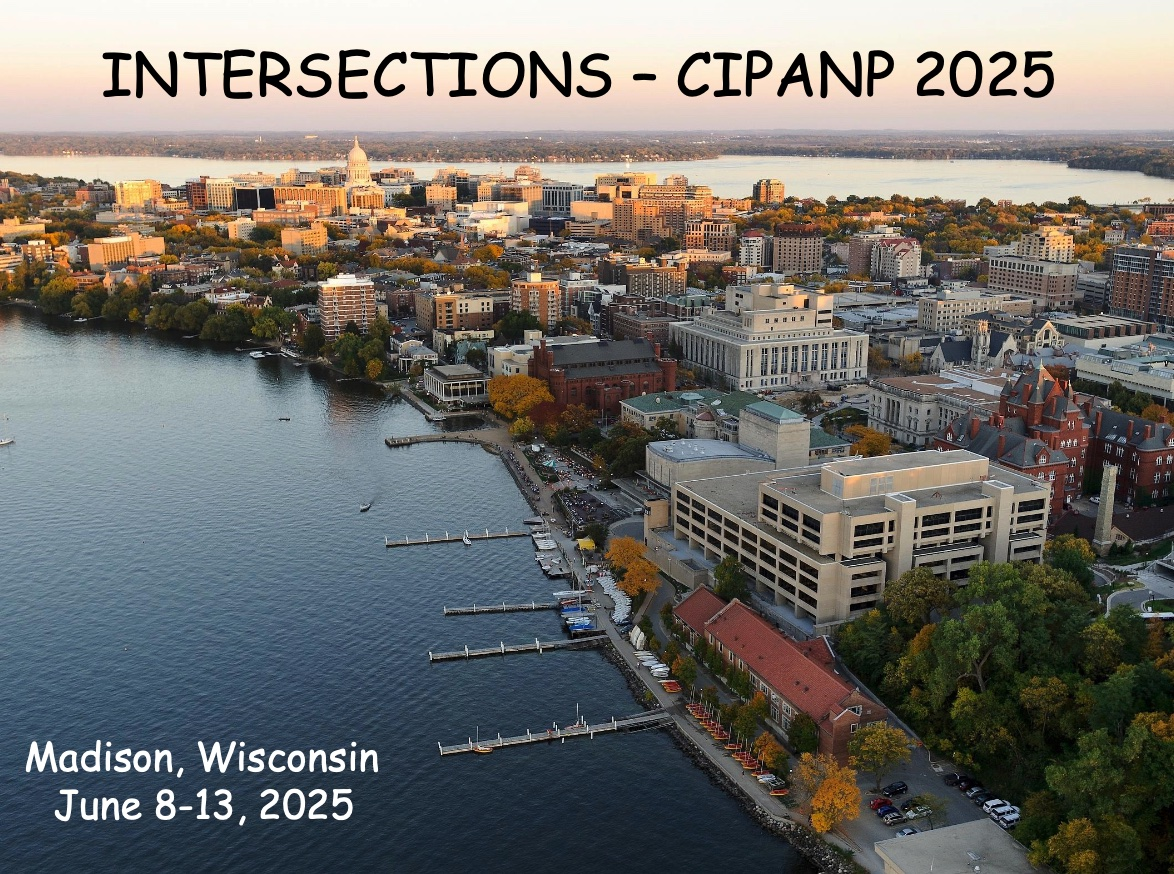Speaker
Description
Magneto-Rotational supernovae (MR-SNe) are rare and energetic supernovae that have exceptionally high magnetic fields. They are relatively uncommon but could be important in enriching galaxies with heavy elements. These explosions have early and fast ejection of matter compared with classic core-collapse supernovae so that rapid neutron capture could take place. We simulated the beta-decay gamma-ray spectrum from the MR-SN that holds the r-process at different epochs, ranging from early times to optically thin phases, using ejecta tracer data together with the PRISM nucleosynthesis network and ENDF VIII nuclear database. We show some preliminary results and interesting isotopes for possible future observations with the next-generation MeV gamma-ray missions.

